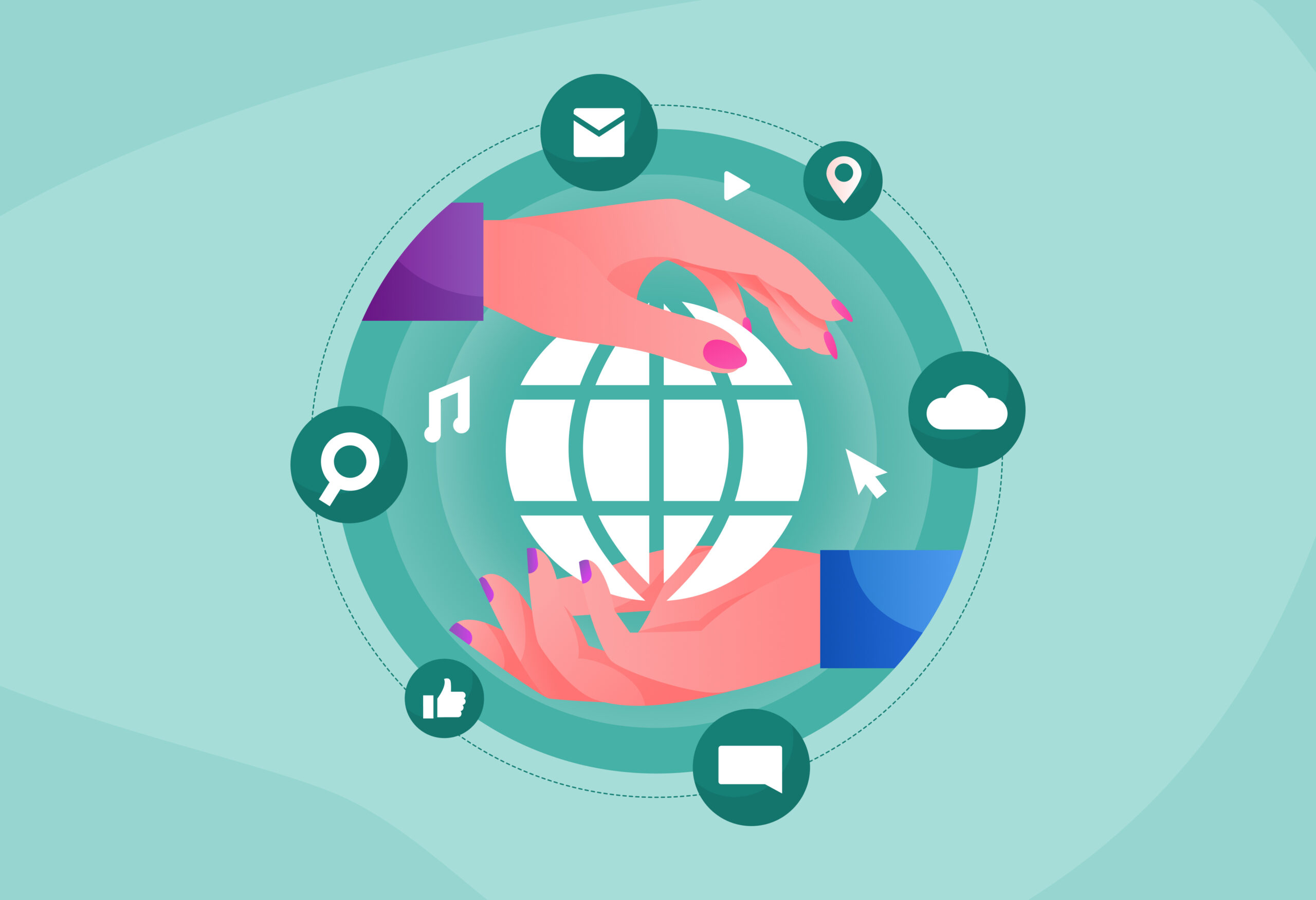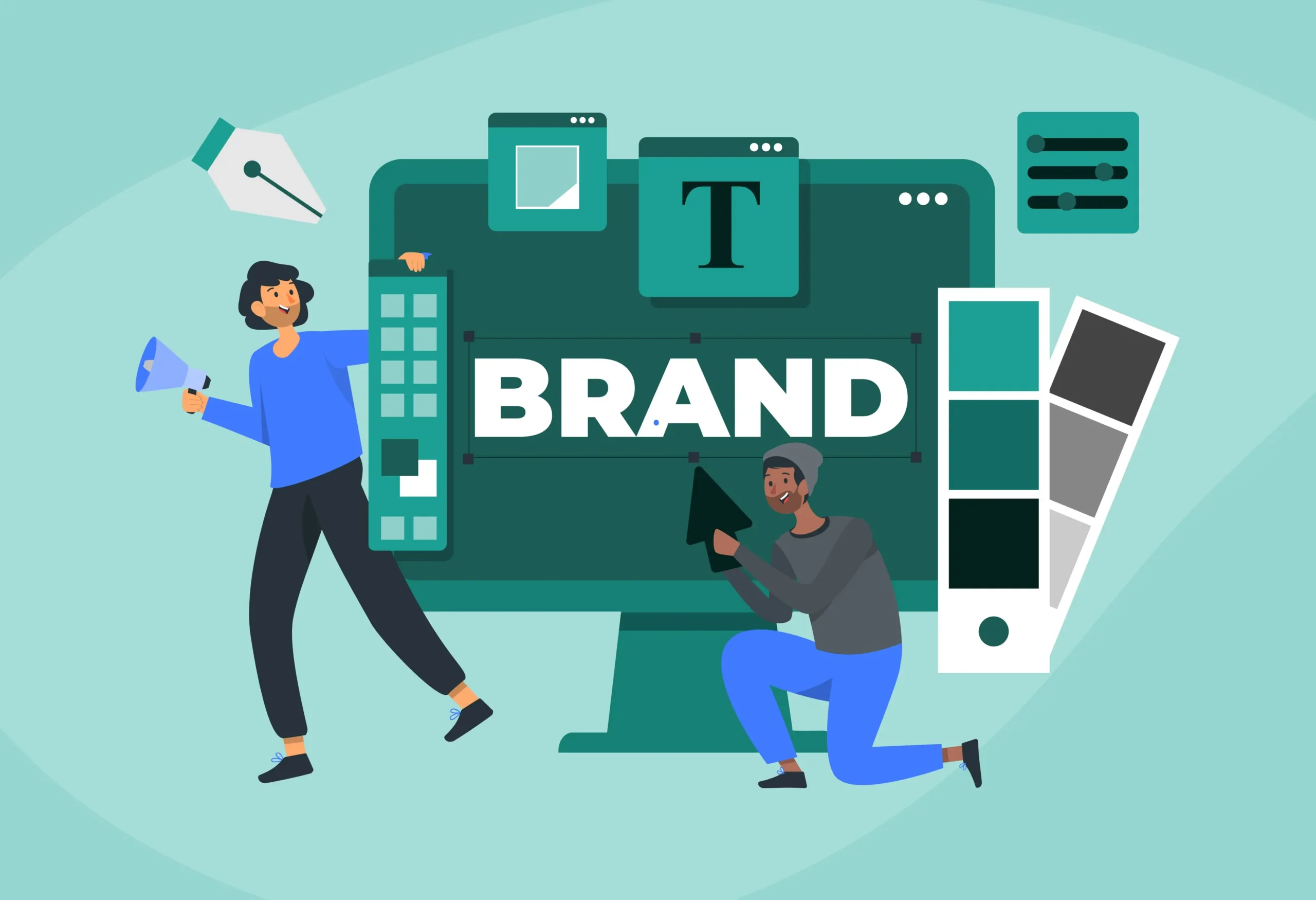Published on: November 17, 2022 | Last updated on: April 1, 2025 |
Those who work in the worlds of business or marketing may have come across the terms ‘omnichannel’ and ‘multichannel’ at some point.
But what exactly do they mean?
Also, more importantly, how do they affect the way your company interacts with customers?
In this article, we look at both omnichannel ecommerce and multichannel ecommerce, exploring what makes each approach unique and how to decide which one is right for you.

At first glance, it may seem that omnichannel and multichannel ecommerce are essentially the same thing. After all, they both involve using more than one marketing platform to communicate with customers.
However, whereas multichannel ecommerce increases brand awareness through various different mediums, omnichannel ecommerce provides seamless integration for users across all platforms.
On the ecommerce side of things, both approaches can be employed throughout the digital shelf to great effect.
Despite their obvious similarities, omnichannel and multichannel ecommerce offer very different customer experiences, including:
While an omnichannel ecommerce strategy aims to produce a smooth user journey that makes online shopping both convenient and enjoyable, multichannel ecommerce is more concerned with getting products in front of as many potential customers as possible.
Each focus has its merits, and the deciding factor will always be what is best for your brand at the time. Just remember not to hop between focuses, as this could lead to confusion and a lack of brand compliance.
As its name suggests, omnichannel ecommerce uses a wide variety of channels to engage customers and win their business, with everything being seamlessly connected. Multichannel ecommerce, on the other hand, takes a slightly different approach.
By using separate mediums in uniquely distinct ways, it allows customers to gain a good understanding of brands without having to interact with them all the time, which can be a turn-off for some shoppers!
There are always limits to marketing, and although multichannel ecommerce can be used to create a strong impact, it is sometimes restricted to the medium through which it is delivered.
Omnichannel ecommerce, however, by virtue of interweaving so many different mediums, allows customers to access a brand’s full potential in countless ways that keep them engaged and therefore make them more likely to convert.
A few examples of how brands use both omnichannel and multichannel ecommerce are as follows:
Omnichannel ecommerce
Multichannel ecommerce
It may seem like omnichannel is the obvious choice for any ecommerce business looking to win at the digital shelf. Still, you must think carefully about whether your company can implement a successful omnichannel strategy.
Remember, omnichannel ecommerce is only as good as its functionality!
Ask yourself two questions when weighing up the pros and cons of omnichannel vs multichannel:
If you’re fully committed to investing in omnichannel ecommerce – and are prepared to change your tactics where necessary – there’s no reason why you shouldn’t try.
But if you’ve got reservations about scaling your business so rapidly, it may be worth trying a multichannel approach first to see what works (and doesn’t work) for the brand.
Whichever approach you decide works best for your business, Magpie DBX will be there every step of the way.
No omnichannel or multichannel ecommerce strategy works without the proper software to monitor important data, and take it from us, Magpie is more than up to the challenge.
A fully integrated platform designed to draw actionable insights from relevant market data, we’ll adapt Magpie so it’s the best fit for you. Whether you’re tracking promotions or focused on enhancing brand awareness, our modules can help.
Want Magpie to streamline your business’s omnichannel or multichannel ecommerce strategy? Request a demo today!
Likewise, follow us on LinkedIn for the latest marketing updates – if it doesn’t drive growth, we don’t cover it.

In the old days, marketing was very much about showing people where to find brick and mortar stores that sold their favourite products.
Now, though, things have changed.
Thanks to the internet, companies can now use many different channels to present their brands and products to the world. Using a combination of channels in an effective omnichannel ecommerce strategy can mean big success.
In this article, we look at omnichannel ecommerce, explaining what it is, why it’s important and how you can use it to help grow your business on the digital shelf.

Never underestimate the power of a clearly aligned brand. Consistency and integration are both key if you want your company to succeed online.
But how do you make your brand ‘compliant’? What are the steps involved?
In this article, we take a closer look at brand compliance and show you ways of boosting your company’s appeal across the digital landscape.

Some brands you know just by looking at their logos, others from the colours they display.
These businesses are winning at brand compliance for a reason: they’re instantly recognisable!
But it takes a long time to make your brand memorable for all the right reasons. The question is can you emulate the success of household names through your own digital marketing?
In this article, we show you how to create a brand compliance checklist that, if used correctly, will give your business the boost it needs across the digital shelf.
Want to learn more about how Magpie DBX can help your business? Get in touch with us and let us show you!




